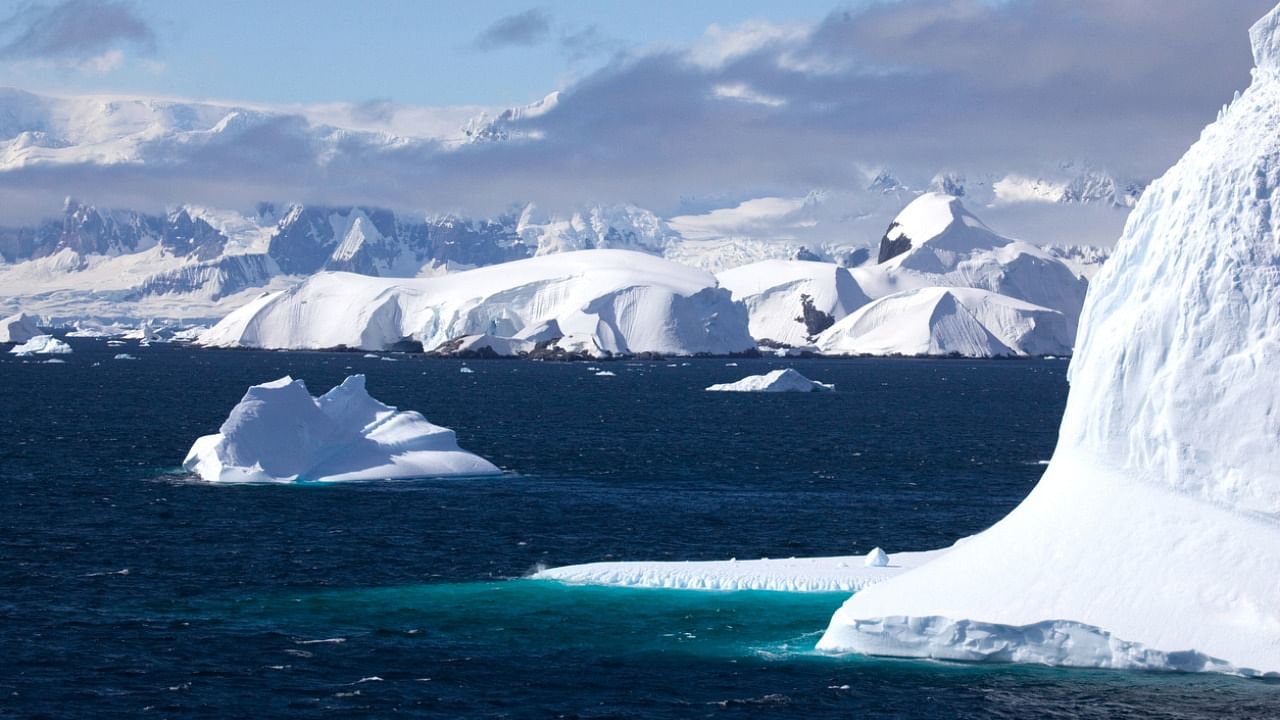
Everyone knows about the four oceans that envelop most of our ‘blue planet’ – Indian, Pacific, Atlantic, and Arctic oceans – but could there be a fifth?
National Geographic on the occasion of 'World Ocean Day’ (June 8) declared a fifth, Southern Ocean. The Southern Ocean is the water body that circles around Antarctica.
“The Southern Ocean has long been recognized by scientists, but because there was never agreement internationally, we never officially recognized it,” said National Geographic Society Geographer Alex Tait.
The nomenclature for the Southern Ocean was hotly debated by experts who tried to discern if the water body had characteristics unique enough or if it was just a ‘cold, southern extension of the Pacific, Atlantic, and Indian Oceans’, according to Nat Geo.
“Anyone who has been there will struggle to explain what's so mesmerizing about it, but they'll all agree that the glaciers are bluer, the air colder, the mountains more intimidating, and the landscapes more captivating than anywhere else you can go,” said Seth Sykora-Bodie, a marine scientist at the National Oceanic and Atmospheric Administration and a Nat Geo Explorer.
The Nat Geo naming is also done in a bid to conserve oceans and focus public attention towards regions in special need of conservation.
“We’ve always labelled it, but we labelled it slightly differently (than other oceans),” Tait said. “This change was taking the last step and saying we want to recognize it because of its ecological separation.”
The other oceans, Nat Geo explains, are defined by the continents surrounding them, but it is different for the Southern Ocean which is defined by a current.
The Antarctic Circumpolar Current (ACC), established about 34 million years ago when Antarctica separated from South America, facilitated the unobstructed flow of water around the bottom of our planet, scientists suggest.
The water inside the ACC, flowing west to east around Antarctica in a line that is regarding as the new ocean’s northern boundary, has a colder temperature and is less salty compared to ocean water in the north.
The ACC also transports more water than other ocean currents.
What does it do?
Pulling in water from the Indian, Pacific, and Altantic oceans, it drives a global Indian system, ‘the conveyor belt’. This is responsible for the distribution of heat around the planet. On the other hand, cold water reaches the ocean bed off Antarctica and aids in carbon storage in the deep.
The Southern Ocean thus has a vital impact on the planet’s climate and Nat Geo experts want to preserve the water system in an era fuelling global warming.
Ice sheets in Antarctica are facing rapid melting and some of the worst accounts of fast-melting has been observed where the ACC is nearest to land.